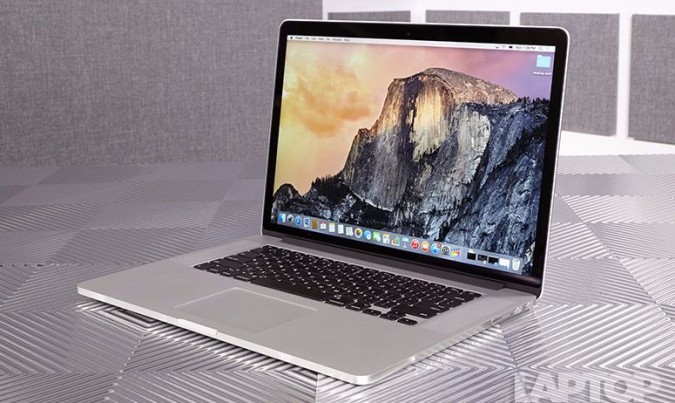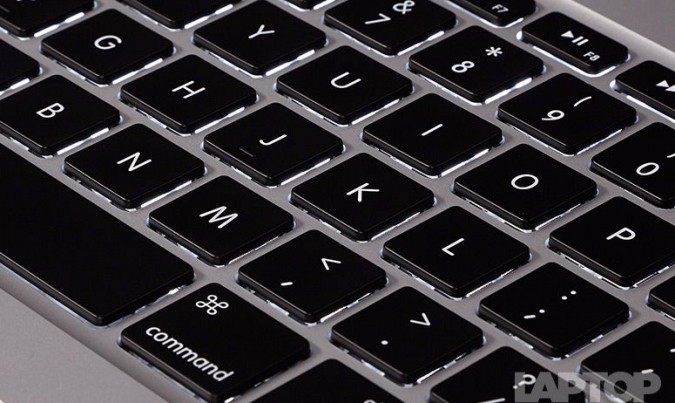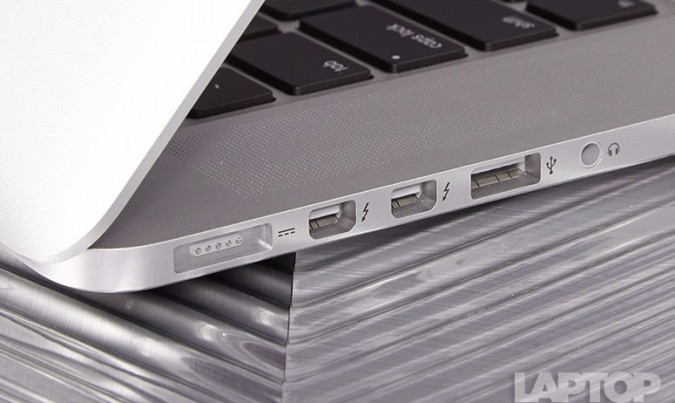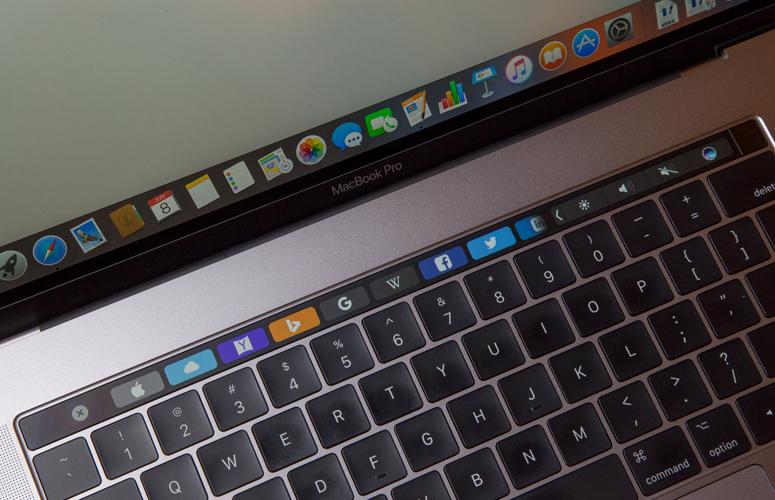Apple's Best MacBook Is Over 2 Years Old
I recently made the ill-advised decision to update my 13-inch MacBook Pro to macOS High Sierra before it was approved by our IT department. That's a no-no.
So while I waited for my machine to get rolled back to regular Sierra, I borrowed a 4-year-old MacBook Pro 15-inch for a few days. As it turns out, these were the best work days I've had all year. And you can still buy a very similar 2015 "MacBook Pro Classic" model for $1,999, which is the MacBook Pro I'd recommend to most people right now.
At first, I scoffed at the sheer girth of this ancient beast, which weighs 4.5 pounds. That's heavier than an iPad Pro and my usual 13-inch MacBook Pro combined (and half a pound heavier than the current 15-inch MacBook Pro).
Then, I started using the old 15-inch Pro, and it never felt so good to be so retro.
For starters, going back to a real keyboard was a revelation. The keys were pillowy soft yet provided just the right amount of snap. Apple's second-generation butterfly mechanism on the current MacBook Pros feels like typing on cardboard by comparison.
There's a big reason this downgrade feels like an upgrade: The layout on the old 15-inch MacBook Pro has 1.34 millimeters of travel, compared with just 0.7 millimeters on my 13-inch MacBook Pro.
New vs. Old MacBook Pro
Sign up to receive The Snapshot, a free special dispatch from Laptop Mag, in your inbox.
| Row 0 - Cell 0 | 13-inch MacBook Pro (2017) | 15-inch MacBook Pro (2015) |
| Price | $1,299-$1,799 | 1999 |
| CPU | 7th-generation Core i5 | 4th-generation quad-core Core i7 |
| RAM | 8GB, 16GB | 16GB |
| SSD | 128GB, 256GB, 512GB, 1TB | 256GB, 512GB, 1TB |
| Display | 13 inches (2560 x 1600) | 15 inches (2880 x 1800) |
| Ports | 2 or 4 Thunderbolt 3/USB-C ports | 2 Thunderbolt 2/DisplayPorts, 2 USB 3, HDMI, SD card |
| Keyboard (Travel) | 0.7 mm | 1.3 mm |
| Battery Life | 9 hours and 50 minutes | 9 hours and 8 minutes |
| Thickness | 0.59 inches | 0.71 inches |
| Weight | 3 pounds | 4.5 pounds |
Let's talk about ports. My 13-inch MacBook Pro has a grand total of two Thunderbolt 3/USB-C ports, though you can spend $500 above the base $1,299 price to get four of them (along with the Touch Bar and a faster CPU). The latest 15-inch MacBook Pro also comes with four Thunderbolt 3 ports. That means that, if you want to plug in full-size USB peripherals, you need to plug in an annoying dongle first — and remember to take it with you.
With the old 15-inch MacBook Pro, I could just plug in my Plantronics USB headset and charge my mobile hotspot without having to live the dongle life. I also like that the old MacBook Pro has an SD card slot, a feature that's missing from the newer MacBook Pros. I don't use my mirrorless Sony camera often, but it's nice to know that I have a slot to use.
I also appreciate having a real HDMI port on the old MacBook Pro, as I could just come back to my desk and connect my Dell monitor. I have a Pluggable USB-C Docking Station at my desk that can power two monitors, but I've had a devil of a time getting it to work with my newer 13-inch MacBook Pro. Sometimes my notebook freezes, and I can't use my Bluetooth mouse and keyboard until I reboot.
Bottom line: I'd rather have one monitor that works seamlessly than two that force me to reset my computer. (You can buy a Thunderbolt-to-HDMI adapter to power a second monitor for just $8.99.)
As far as the display goes, 15 inches is almost too large for my long bus commute, as it's definitely a tight squeeze. But this older MacBook Pro's Retina display does have a sharp resolution of 2880 x 1800 pixels, and it's plenty bright and colorful. And, no, I don't miss the P3 wide color gamut that the newer 13-inch Pro has.
This is a small convenience, but I definitely welcomed having a MagSafe power adapter back on the 15-inch MacBook Pro. With my newer machine, it takes more time to plug in a USB-C cable, and it doesn't automatically detach when it senses tension like MagSafe, which can prevent your system from crashing to the floor when someone trips on your cable.
The 2015 MacBook Pro has a fourth-generation Core i7 processor, 16GB of RAM and a 256GB SSD, which should be fine for most workloads. In our initial review, we found the performance to be snappy, and the SSD delivered a zippy transfer rate of over 600 megabytes per second.
You can expect strong battery life, too, as the older MacBook Pro lasted more than 9 hours on our battery test. However, my newer 13-inch Pro lasted a little longer, enduring for 9:50 on the same test.
The only feature you miss out on with the older model is the Touch Bar, which comes standard on today's 15-inch MacBook Pro and is available on the $1,799 version of the 13-inch Pro. But I never got it for my 13-inch Pro, because the model without it offers longer battery life. And while the shortcuts the Touch Bar provides can be convenient, they don't make up for the other trade-offs you have to make with Apple's latest designs.
Overall, I was pretty shocked by how much I didn't want to give up this old MacBook Pro when my newer system was ready to go again. And that's a problem for Apple.
You can still get a no-trade-offs MacBook Pro if you're willing to schlep around a 15-incher with older specs. But that's not a viable long-term solution for consumers. The company needs to address user complaints about its keyboards, dongles and other issues to win people back.
Fortunately, just this week, Apple's design chief, Jony Ive, said the company is willing to make design improvements, Business Insider reported.
"Absolutely, all of your feelings and feedback around the MacBook you use — we couldn't want to listen to more," Ive said. "And we hear — boy, do we hear."
Well, please add my feelings to the pile.





